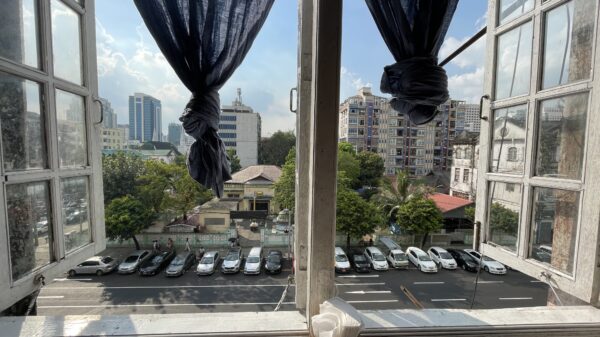Roar writer Cristiana Sandeva on the struggles posed in Italy by the second wave of lockdowns, and what we can learn from the country’s response.
Covid restrictions: the whole world has been there, and is slowly getting back there, one way or another. Curfews, overcrowding hospitals, economic struggles; the list goes on and everyone knows it.
After a short-lived breath of semi-normalcy, Covid cases are surging again and restrictions are being tightened once more. Italy and the UK were among the hardest-hit nations between March and June, and numbers have been rising in both countries over the past month.Â
The UK initially seemed to be holding up without locking down, introducing measures which were flawed and pointless in many aspects, but which still appeared to partially deal with the situation – at least until now. Italy, on the other hand, has been tumbling downhill with a determination worth a case-study.
On October 24, a range of tightening restrictions was introduced in Italy; on the night of November 4, Italy set up a three-tier system of its own, splitting its 20 regions in yellow, orange, and red zones: respectively mild, high, and extremely high risk. The red areas, including the core economic region of Lombardy, are now going back into a full lockdown. When leaving the house there, it is mandatory to bring along an “autocertifiazione” – a statement of purpose illustrating where one is headed. Such travel is only permitted for “absolutely essential reasons”.
Those measures are certainly unpleasant, but they have all been seen in myriad nations previously. What had thus been unseen, in Italy and potentially soon globally, were the reactions this second wave of restrictions bred at the end of October.
In all the biggest Italian cities, crowds of protesters gathered in the main streets in the past weeks to stand up against the new (old) measures.
Most of the citizens were peacefully marching against the new governmental decree, but the front lines in many cities were occupied by violent radicals who vandalised shop windows and clashed with police.
Most of the local and international media coverage following these protests reported on violent anti-lockdown riots spreading across Italian streets. Something was omitted from most reports, though – a focus on those left behind, who were peacefully standing in the back rows of the line marching through the streets.
These people make a living off their family businesses. They were endangered by the first lockdown, and are seriously risking extinction now that the country is going into a second one. Many cannot switch to smart-working because their jobs involve physical performance, social contact, and craft. In a country whose GDP is largely based on tourism, industrial production, and entertainment, “those who are left behind” are starting to become the majority of the population.
In March, measures and restrictions had to be enforced vigorously and for a long stretch of time because of the dramatic conditions hospitals were experiencing. National solidarity, popular consensus, and trust in the government rose significantly during the first wave despite the tragic economic situation the healthcare crisis had thrown the country into.Â
As in the UK, Italians also clapped daily for their NHS, had their kids paint rainbows, and generally looked forward to a bright light at the end of the lockdown tunnel.
Despite the fact that everyone came out of that tunnel with half of their faces shielded by masks, people still continued smiling under their coverings and worked throughout the entire summer with largely unseen tenacity, trying to make up for what was lost when their lives were forcedly paused in March.Â
People tried resetting and improving their conditions on the local scale, but the government did not do the same on a national level.Â
It was made evident during the first lockdown that the Italian healthcare system was not prepared for such a strong and rapid wave of infections. Still, not much has been done about improving the situation since then. One precarious hospital was opened at a former Expo-fair venue in Milan – and that was virtually it.Â
Italy’s average of daily cases is only slightly higher than those of the UK – due partially to more testing – and healthcare units are already on the verge of collapsing again.Â
What is at risk now, manifestly in Italy but more subtly worldwide, is an unprecedented societal collapse. With economic struggles and consequential mental health complications hitting a big chunk of the Italian population, many more are at risk than the government may feel ready to be held accountable for.Â
Those who peacefully went marching and were left behind last week did not hit the streets in the name of any revolution or ideology. They were out there protesting because another lockdown would seriously endanger them materially, making it hard to bring food on the table.
The scenario above serves as a good case-study due to the Italian government’s emblematic confusion in outlining measures and engaging with its citizens, but the script is easily transposable to the UK as well. Popular dissatisfaction with governmental tactics and uncertainty for the future are on Brits’ agendas as much as they are on Italians’.
Those who were left behind in the protests and by the media in Italy are those upon whom the economy will need to rely to move forward when this is over. What governments may not be ready to account for – in Italy, in the UK, and in the West overall – is that those people might lose the ability to move at all by the time this is over.



















